APES Human Populations
1/29
There's no tags or description
Looks like no tags are added yet.
Name | Mastery | Learn | Test | Matching | Spaced |
|---|
No study sessions yet.
30 Terms
fertility rate
number of children a woman has during her lifetime
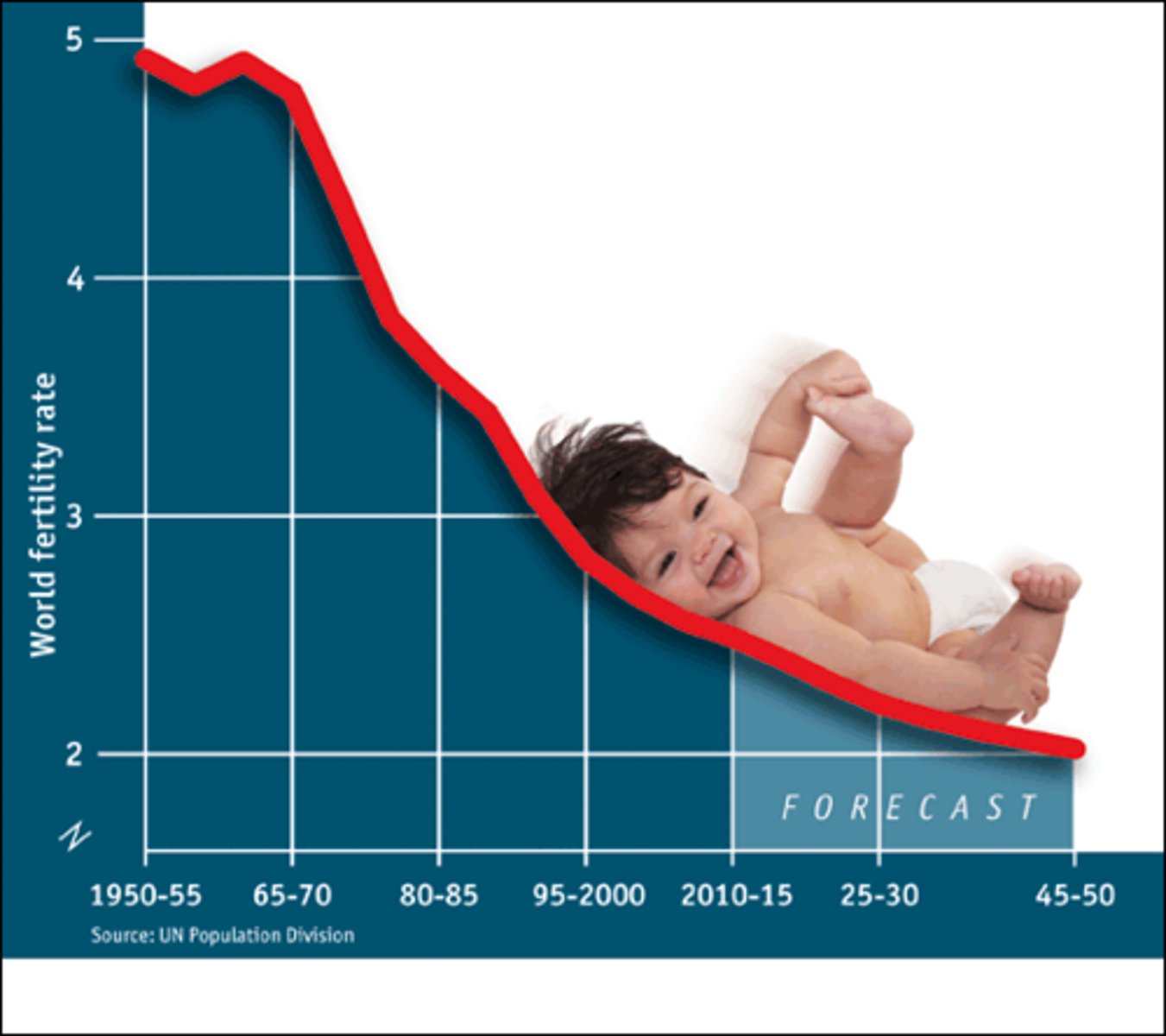
infant mortality
number of children who die before age 5, higher in less-developed countries
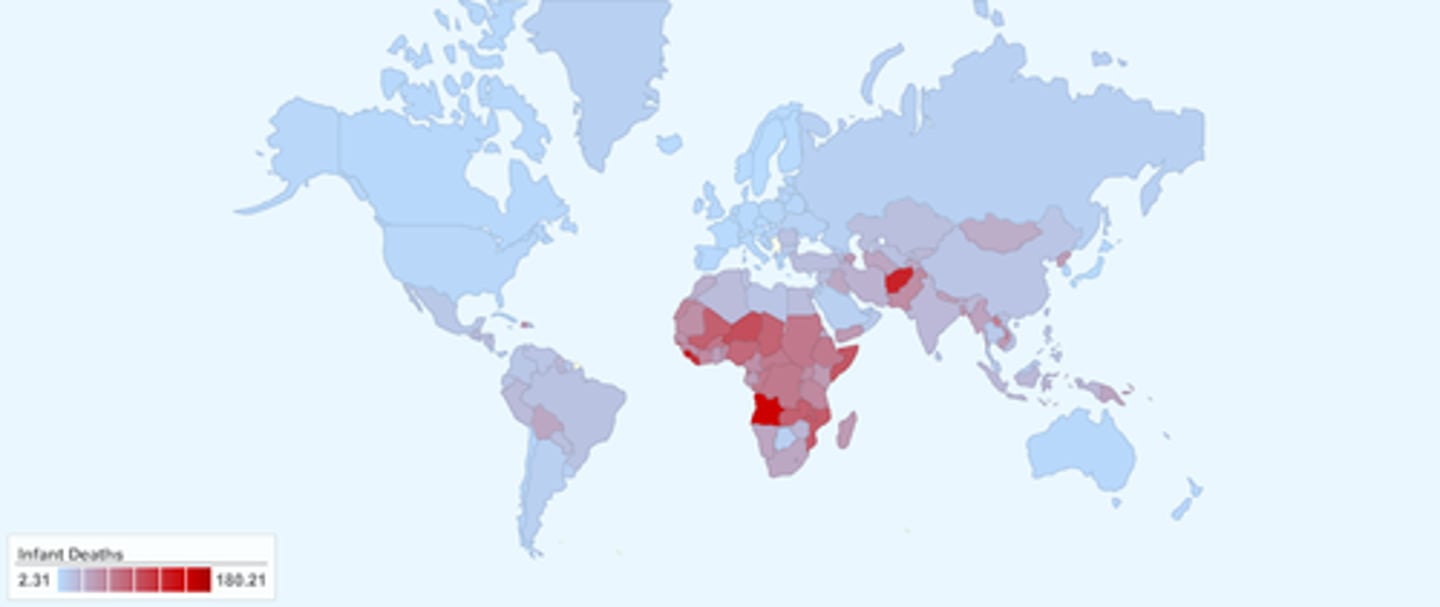
demographic transition
four-stage process from high birth and death rates, to declining death rates thanks to better medical care, and eventually lower birthrates due to better education and family planning
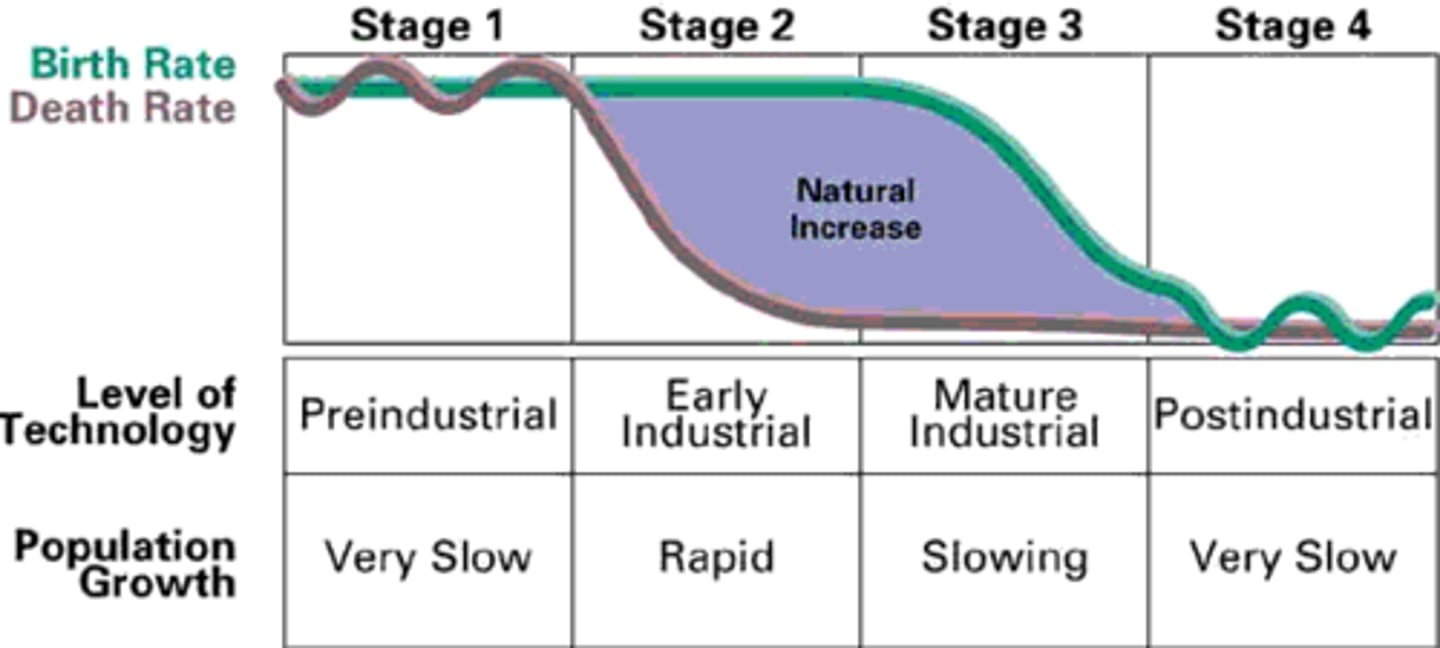
developed country
high GDP (income), highly educated and industrialized, long life expectancy, and generally low birthrate

age structure diagram
pyramid that shows the percentage of the population in different age groups

developing country
a country in demographic transition, that is industrializing but still has a very high birth rate. Consumption is lower than in a developed country
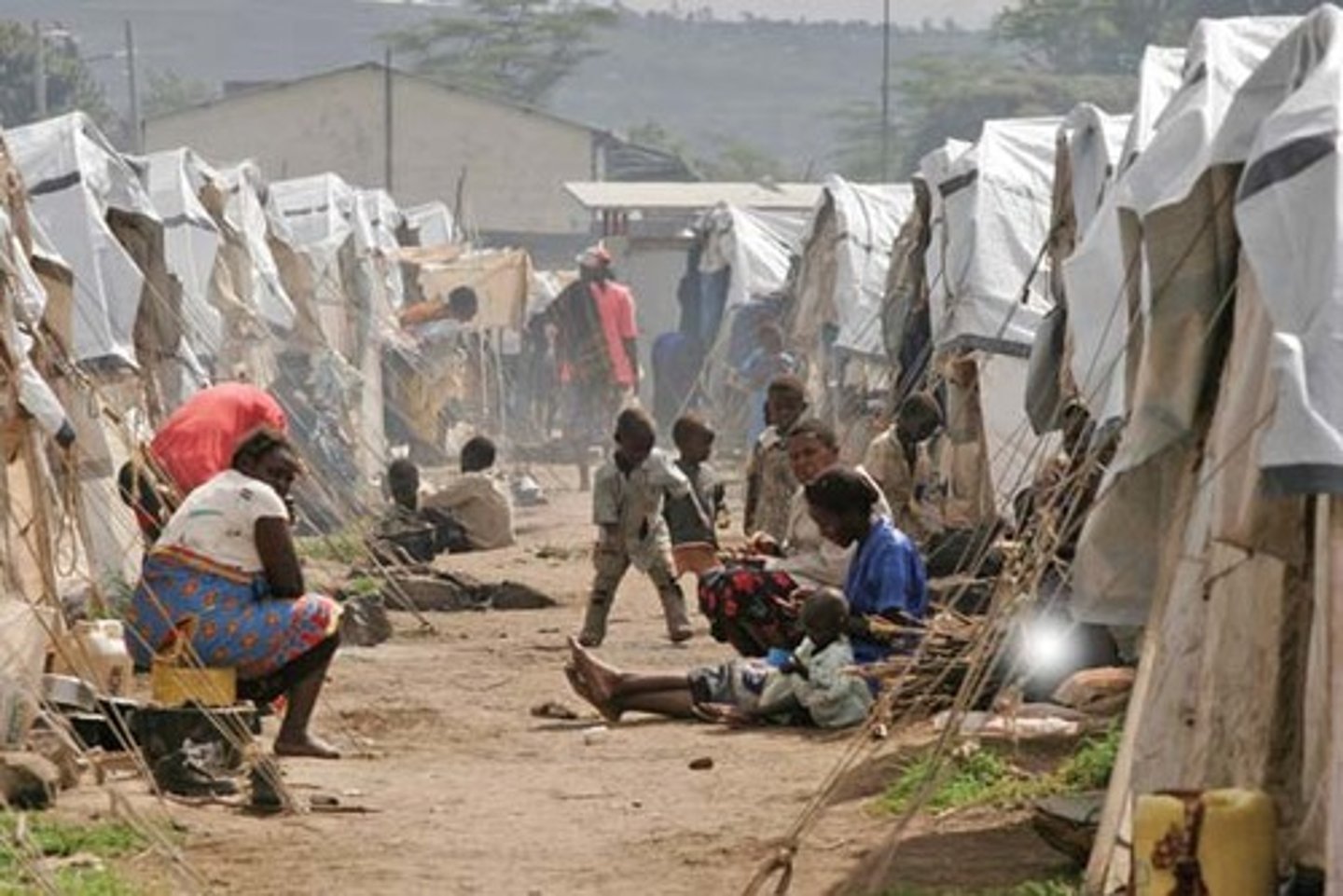
developing country
has not yet begun a demographic transition; still has very high birth rates and death rates, rapid population growth, and low resource consumption
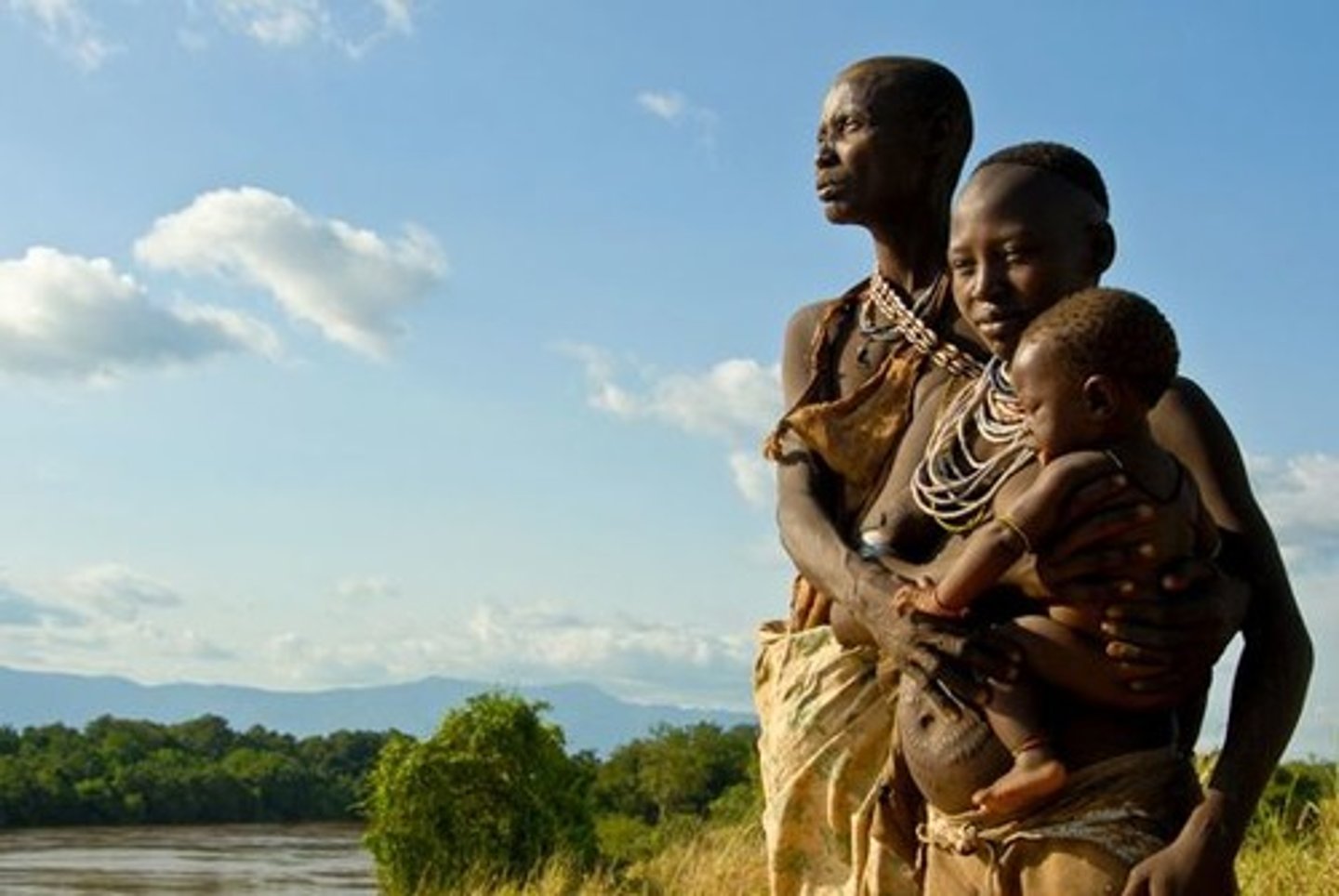
rapid growth
more people will be having children in 20 years than are now. Typical of under-developed and early developing countries
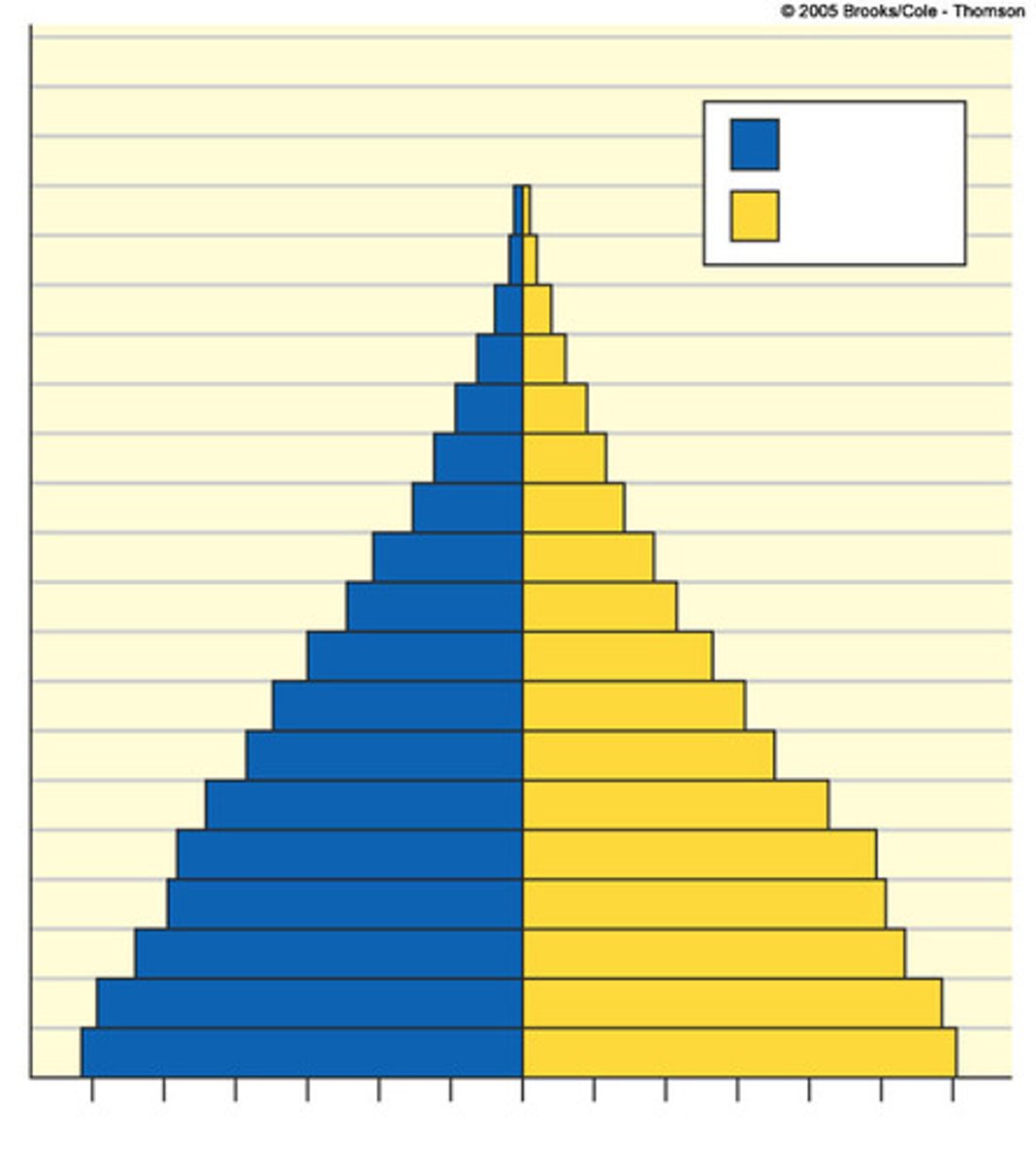
slow growth
typical of later developing countries. Growth rate is still increasing
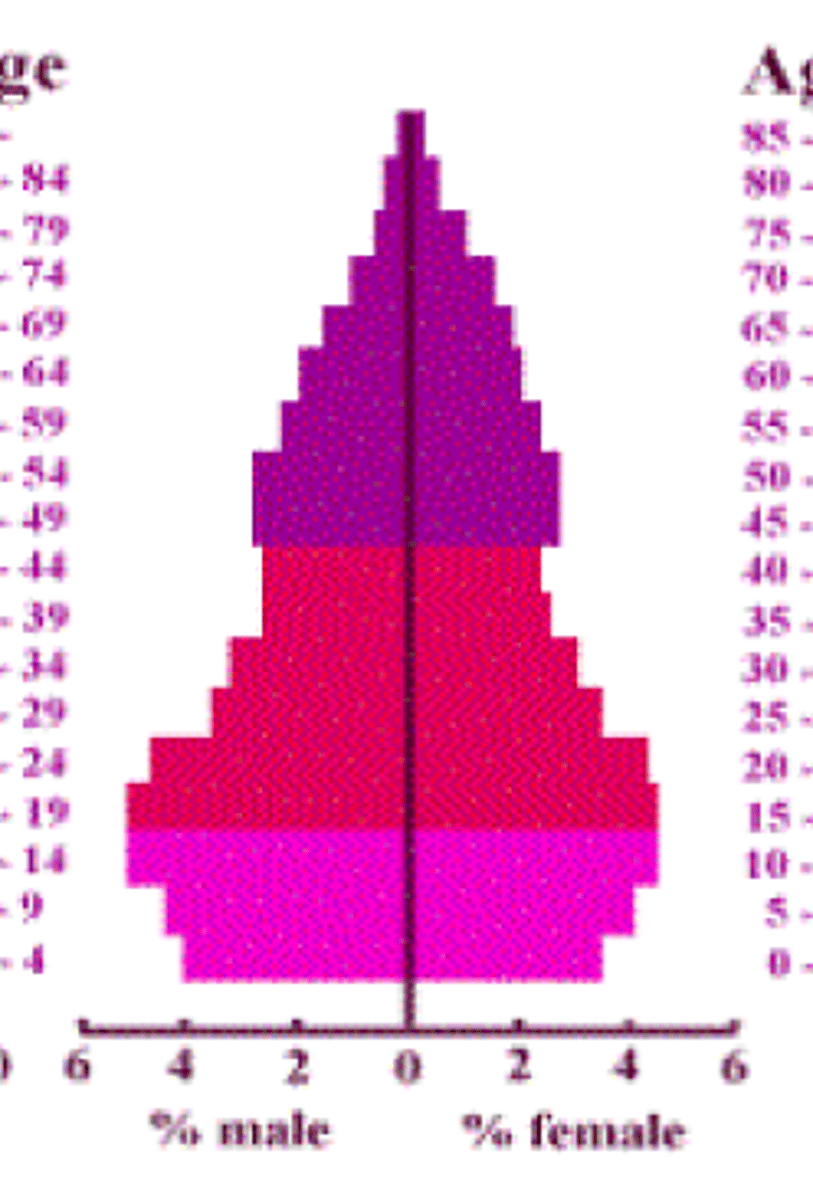
zero growth
same number of people will be having children (ages 0-14) in 20 years as now. No change.

negative growth
fewer people will be having children (ages 0-14) in 20 years than are now. Population will decrease.
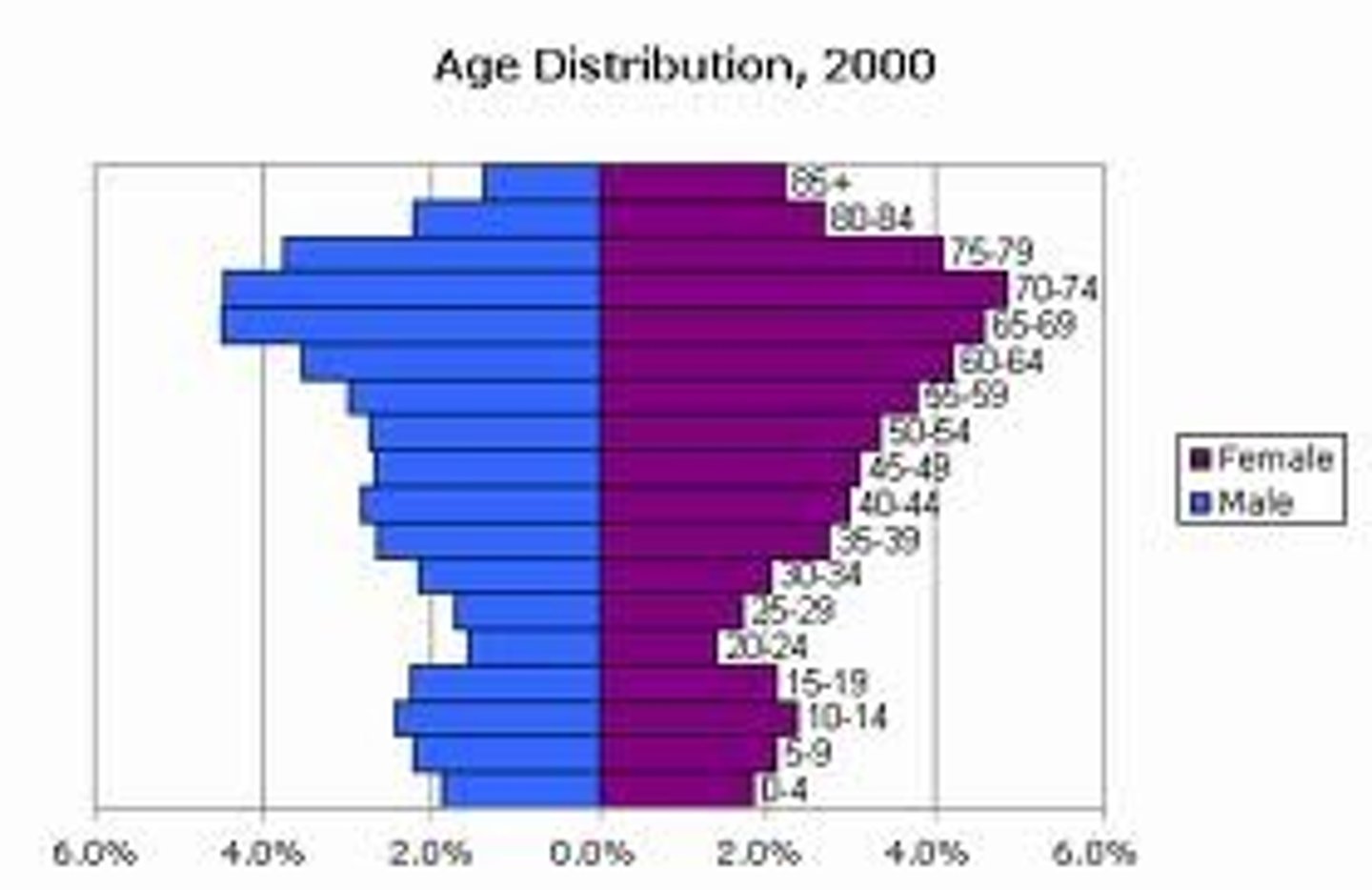
What problems are associated with increasing population growth?
Lack of resources, lack of jobs, not enough sanitation, pollution, lack of housing, lack of or increased costs of food and other resources.
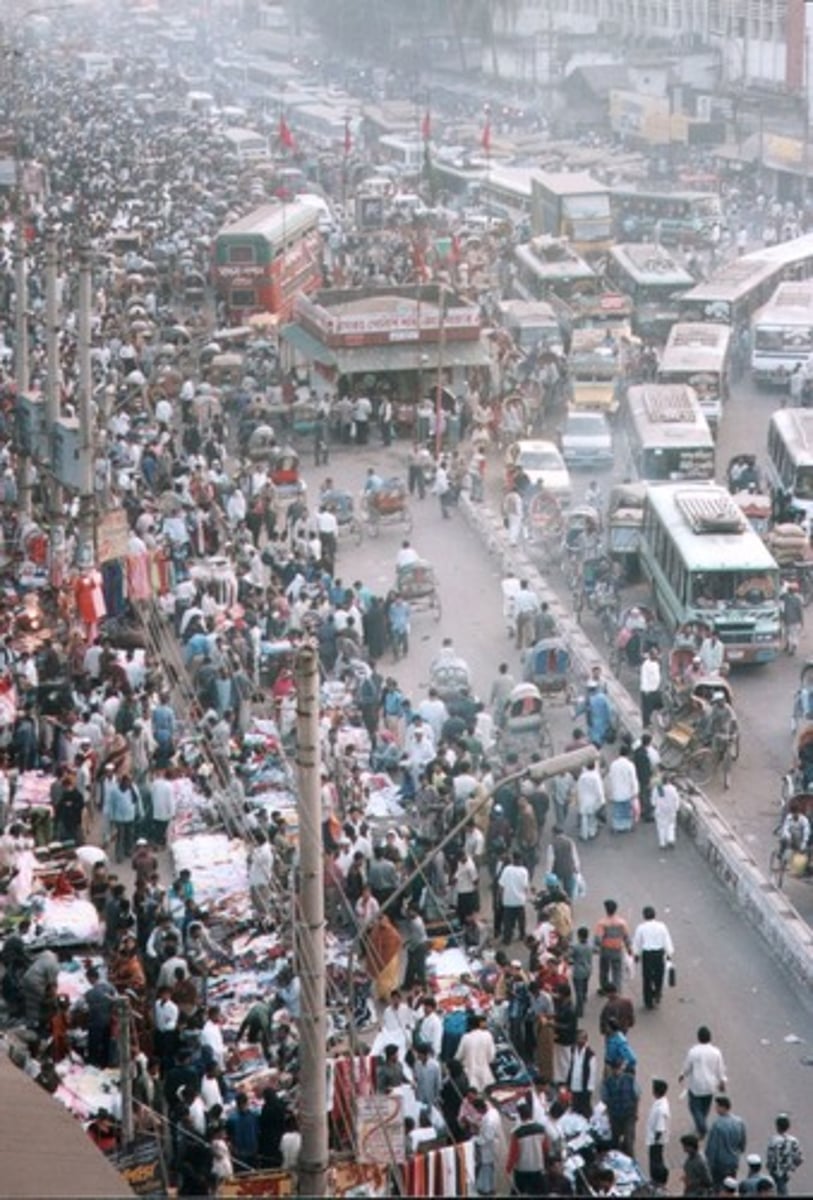
What problems are associated with decreasing population growth?
Lack of workers, lack of space in nursing homes, increased costs of healthcare, slow economic growth

demography
study of human populations and how they change over time

reasons population growth increased in the 1800s
Industrial revolution-- better medicine and increased food (death rates declined)
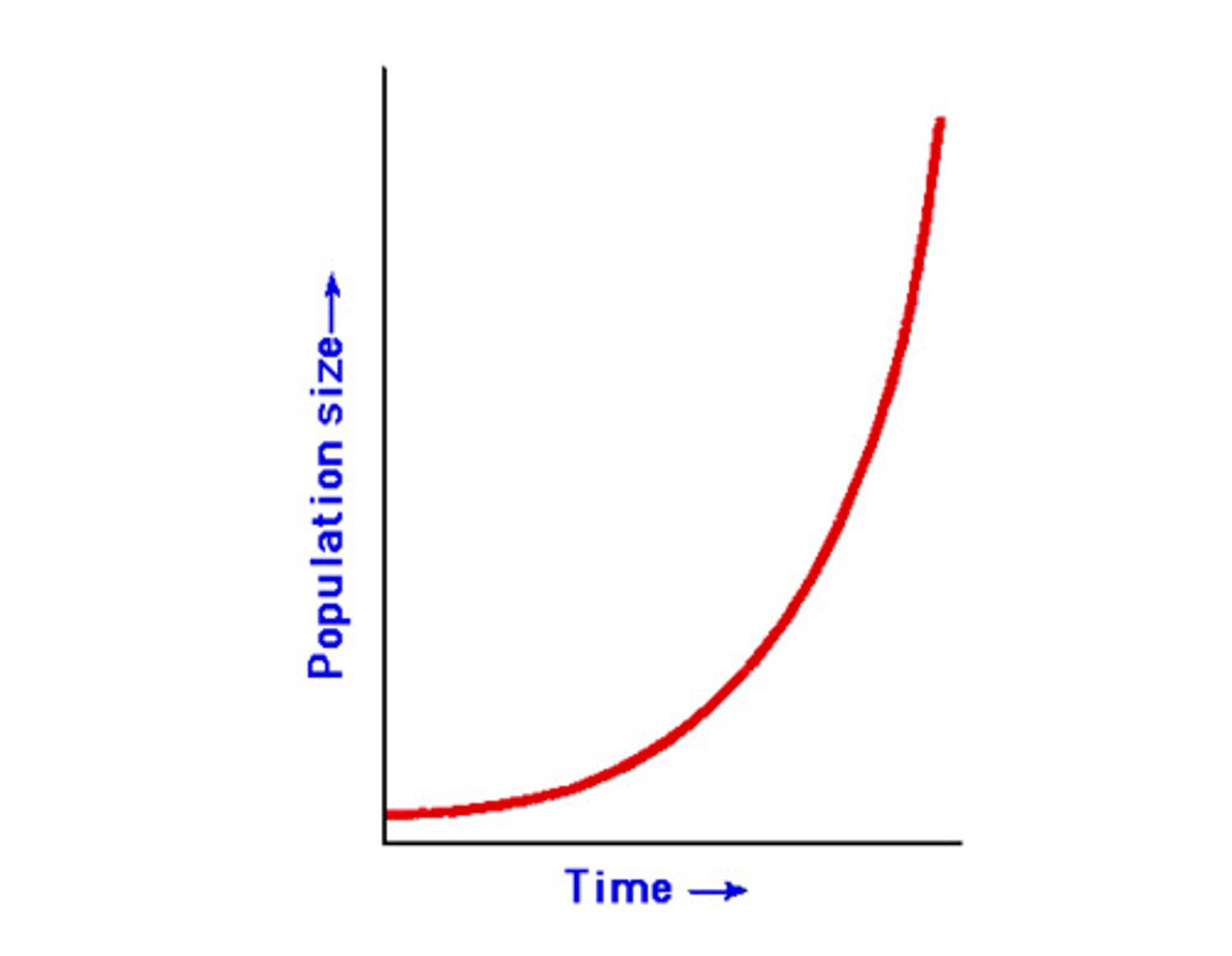
reasons population growth slowed since the 1970s
increased job opportunities for women and family planning

industrialization
amount of a country's income that comes from manufactured goods that they export
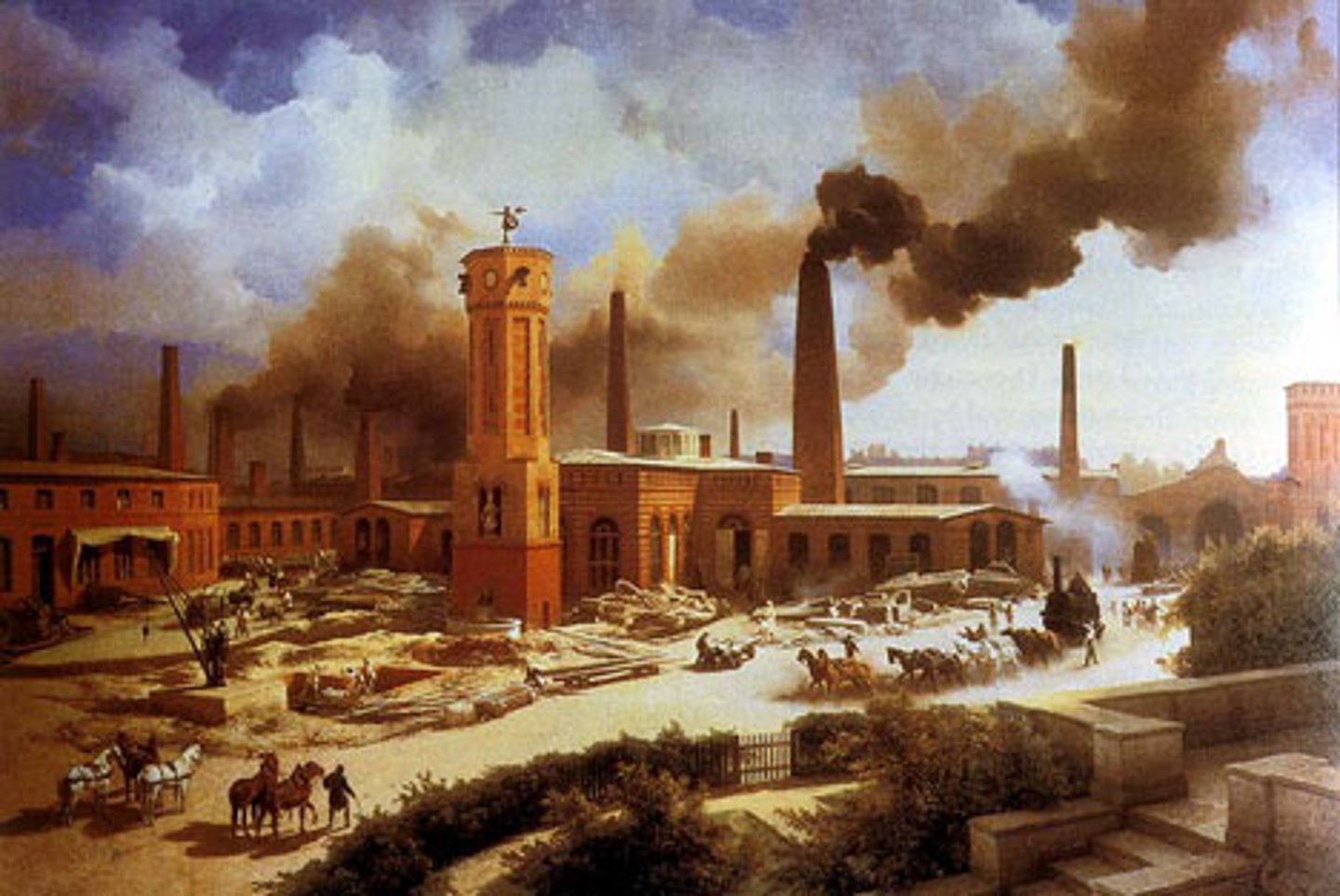
replacement rate
number of children each family needs to have in order to replace the parents and have zero population growth (about 2.1 because not every person has children)

Urbanization
An increase in the percentage and in the number of people living in urban settlements.

suburban sprawl
low-population-density developments that are built outside of a city resulting in traffic difficulties

What is the main result of lack of fuelwood in developing countries?
No way to boil water
What are diseases that are caused by unclean water
typhoid fever, dysentery, cholera
infrastructure
the basic physical and organizational structures and facilities (e.g., buildings, roads, and power supplies) needed for the operation of a society or enterprise.
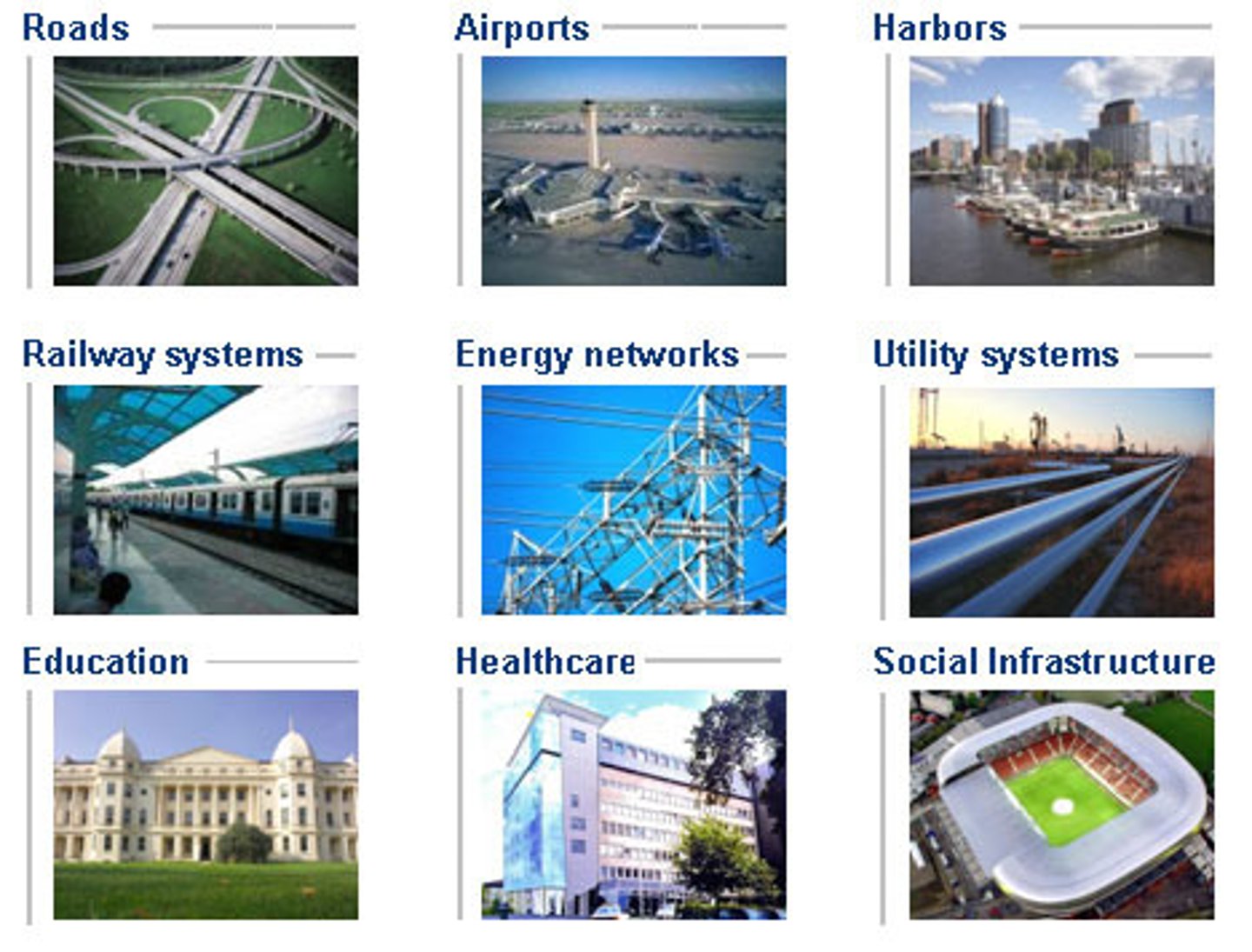
industrial stage of demographic transition
decline in birth rate, population growth slows
Transitional stage
death rate lower, better health care, population grows fast
Preindustrial stage
birth and death rates high, population grows slowly, infant mortality high
postindustrial stage
low birth and death rates
TFR (total fertility rate)
The average number of children a woman will have throughout her childbearing years.
cultural carrying capacity
The limit on population growth that would allow most people in an area or the world to live in reasonable comfort and freedom without impairing the ability of the planet to sustain future generations.

Replacement level fertility rate
the number of children a couple must have to replace themselves